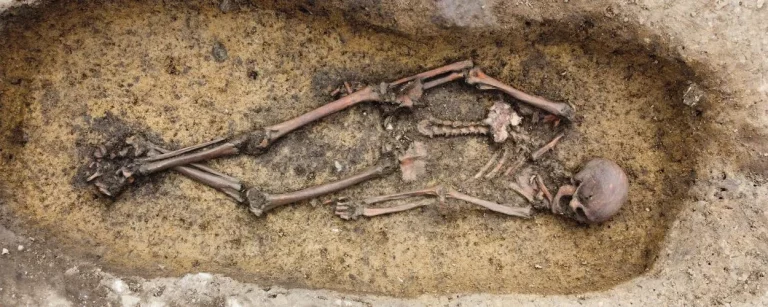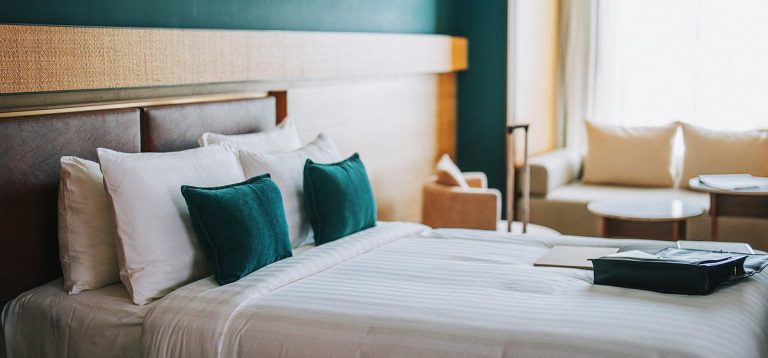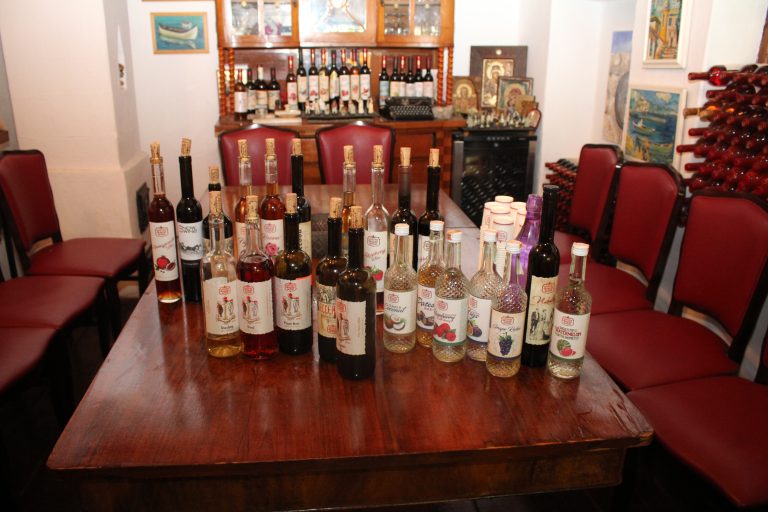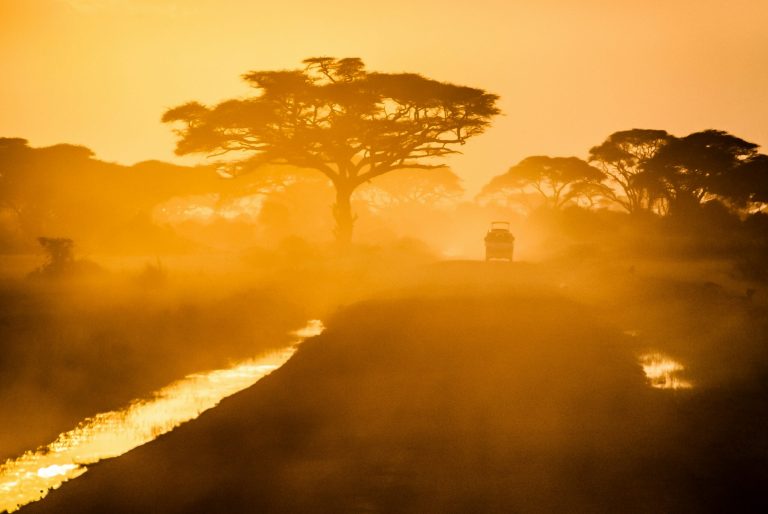Adjusting to the long winters in northern Norway can be both a challenge and a beautiful experience. The Arctic region is known for its cold, dark months, where the sun barely rises and temperatures drop significantly. Read on and learn more.
For those moving from a warm climate, the shift can feel extreme, requiring both physical and mental adjustments. However, the long winters offer breathtaking landscapes, from snow-covered mountains to the mesmerizing northern lights. To thrive during these winters, preparation, a positive mindset, and embracing the unique beauty of the season are essential for a fulfilling experience.
Understanding the Long Winters in Northern Norway
In Northern Norway, winters stretch from late October through April, with the most intense cold lasting from December to February. Due to the region’s position above the Arctic Circle, the phenomenon of the polar night occurs, where the sun remains below the horizon for weeks, plunging communities into constant darkness. This prolonged absence of natural light can affect sleep patterns, energy levels, and even mental well-being. Residents often turn to light therapy, outdoor activities, and maintaining regular routines to cope with these effects.
Aside from the darkness, Northern Norway experiences heavy snowfall, icy roads, and sub-zero temperatures. This combination can create challenges for day-to-day life, such as traveling, maintaining homes, and staying active outdoors. On the other hand, the long winters offer the beauty of snow-covered landscapes and the magic of the northern lights, which draw visitors from around the world.
Preparing Your Home for the Cold Season
Preparing your home for the long winter months in Northern Norway requires careful planning to ensure comfort and safety.
- Proper insulation is a top priority to keep your home warm. Insulating windows, doors, and even walls can prevent heat from escaping and reduce energy consumption. Double-glazed windows and weather stripping are effective ways to keep the cold air out
- Another key point is having an efficient heating system. Wood-burning stoves, heat pumps, and modern radiators are popular choices in the region. Regular maintenance of heating systems helps optimize their performance and keeps energy costs lower.
- Moisture management is also critical in cold climates. For this reason, investing in a good dehumidifier can help prevent mold and dampness, which can thrive during the colder months. Snow and ice buildup on roofs and gutters is, so clearing these areas regularly helps avoid potential damage. In short, preparing your home properly can make enduring the cold season much more manageable, creating a cozy and efficient living space even during the harshest winter conditions.

Proper Clothing for Arctic Conditions
Dressing properly for the extreme cold in Northern Norway is necessary to stay warm and safe. For this reason, wearing layers is the best approach. Start with a thermal base layer to trap heat close to your body, followed by an insulating layer like fleece or wool, which are great materials for cold weather. A windproof and waterproof outer layer keeps snow and wind at bay, ensuring your body stays dry and warm. Suppose you’re moving from Dubai to Norway. In that case, hiring international movers will help you pack all of your new winter clothes and transport them. Make it easier for yourself, and let expert movers help you. All your cold-weather gear will be packed efficiently and arrive in good condition.
On the other hand, improper clothing can lead to serious health risks such as frostbite or hypothermia, especially if exposed to freezing temperatures for long periods. Gloves, hats, and insulated boots are equally important to protect extremities from the cold. In like manner, covering all skin reduces the risk of frostbite, making proper clothing an absolute necessity in Arctic conditions.
Tips for Mental Well-being and Adapting to the Darkness
The long periods of darkness during winters in Northern Norway can have significant effects on mental health. People who move here from warmer countries might not understand the impact of the lack of sun on people’s minds and daily lives. Some common negative effects include:
- Fatigue and low energy levels
- Mood swings or irritability
- Difficulty concentrating
- Sleep disruptions
- Increased feelings of isolation
Taking proactive steps to maintain mental well-being is important. Light therapy, for instance, has been shown to improve mood by simulating natural sunlight. Many residents also take vitamin D supplements to compensate for the lack of sun exposure, which supports overall health.
Even in darkness, maintaining a routine helps create a sense of normalcy. Staying socially active, whether through community activities or gatherings, can combat feelings of loneliness. On the other hand, avoiding isolation by keeping up with hobbies or connecting with others is crucial.

Staying Active Throughout the Winter
Staying physically active during the long winters in Northern Norway is important for both physical and mental well-being. Finding enjoyable activities is key to staying motivated. The snow and ice open up a variety of options for outdoor exercise. Skiing, for example, is a popular choice, offering both cross-country and downhill options. Snowshoeing provides a great way to explore snowy landscapes at a slower pace. Ice fishing is another winter tradition that combines patience with time in the fresh air.
Engaging in outdoor activities can help combat the winter blues and keep energy levels up. Staying active also improves mood and helps maintain physical fitness, which is important during months of limited sunlight. If outdoor exercise isn’t appealing, indoor activities like yoga or home workouts are good alternatives. Whether you prefer outdoor adventures or indoor exercises, maintaining regular physical activity can make the long winters more enjoyable and help you adapt to the cold climate.

Finding Joy in the Northern Wilderness
The winter landscape in Northern Norway is a sight to behold, offering breathtaking views that are unlike anywhere else. Snow-covered mountains stretch as far as the eye can see, and the northern lights paint the sky in brilliant shades of green and purple. These long winters provide the perfect opportunity to experience the wilderness in a new way. The stillness of the snowy forests and the clear, star-filled nights create a peaceful atmosphere that encourages reflection and appreciation of nature.
Even with the harsh conditions, outdoor exploration is incredibly rewarding. Snowshoeing through untouched trails or taking a quiet hike in the frozen landscape are just a few ways to embrace the beauty of winter. Long winters in Northern Norway may be cold and dark, but they offer moments of awe and wonder for those willing to venture outside.
Adjusting to the Long Winters in Northern Norway Conclusion
Adapting to the long winters in Northern Norway requires preparation, a positive mindset, and embracing the beauty of the season. While the extended darkness and cold may seem daunting, they offer unique experiences like witnessing the northern lights and exploring snow-covered landscapes. You can thrive during these winters by staying active, dressing appropriately, maintaining mental well-being, and preparing your home for the cold. On the other hand, finding joy in the wilderness helps turn the long winters into a rewarding experience, allowing you to appreciate the beauty of life in Northern Norway fully.

Adjusting to the Long Winters in Northern Norway, written dedicatedly for Daily Scandinavian by Alexis Mariano Alexis is a seasoned moving expert with years of experience working at GI Movers UAE. Specializing in long-distance relocations, she has helped countless clients successfully transition to colder climates, like Northern Norway. Alexis provides practical advice on adapting to new environments and offers expert tips on managing the challenges of moving, particularly when preparing for harsh winters.
Feature image (on top) © Kristin Growth/Pexels


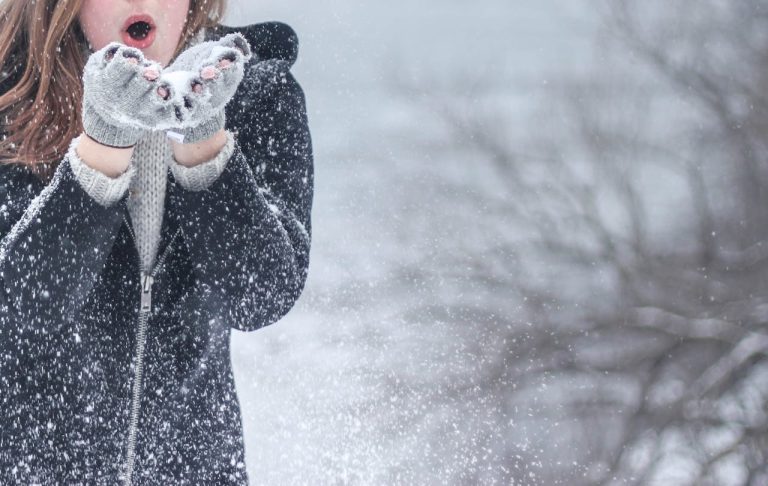
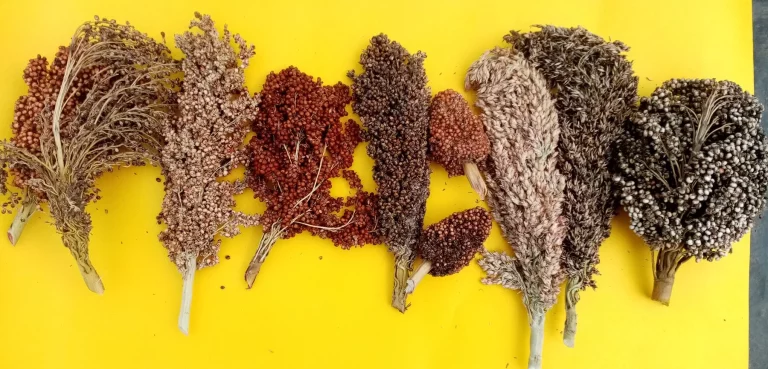








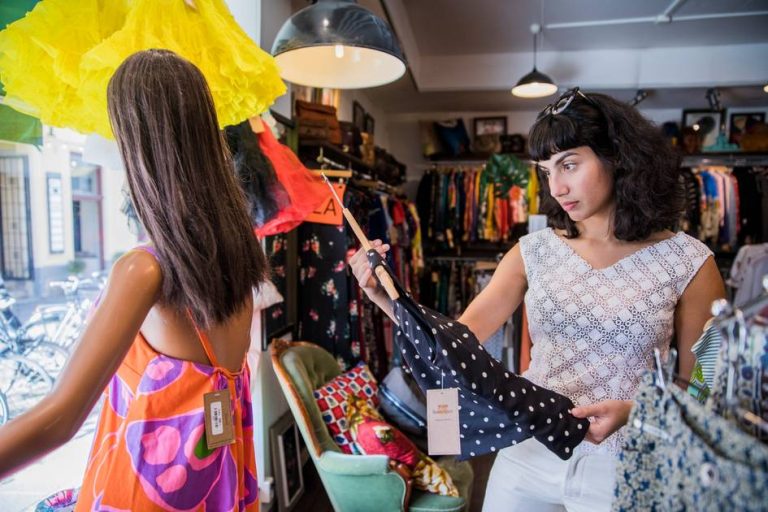

 Myrorna
Myrorna
 Sofly
Sofly Beyond Retro
Beyond Retro Pop Boutique
Pop Boutique Majornas saker från förr
Majornas saker från förr Vix Deco
Vix Deco Erikshjälpen Second Hand
Erikshjälpen Second Hand Holmens marknad
Holmens marknad Byns Deco
Byns Deco Kvillehyllan
Kvillehyllan Fabriken
Fabriken The Red Cross Secondhand Shops
The Red Cross Secondhand Shops Reningsborg
Reningsborg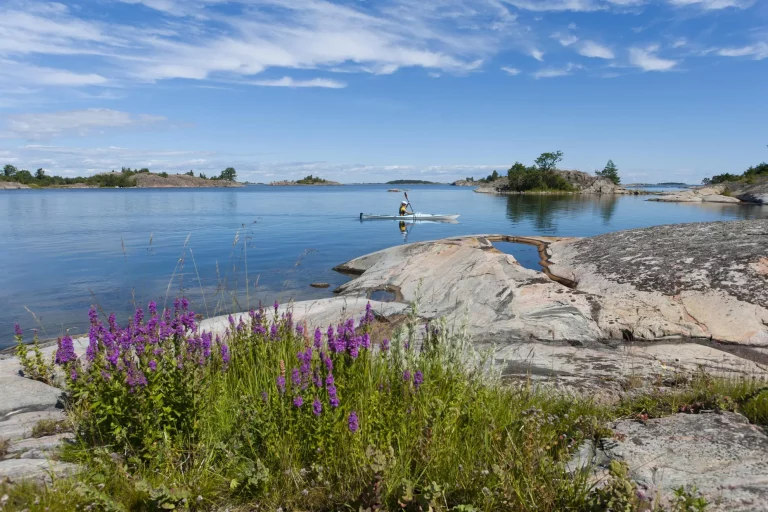


 **************************************
**************************************